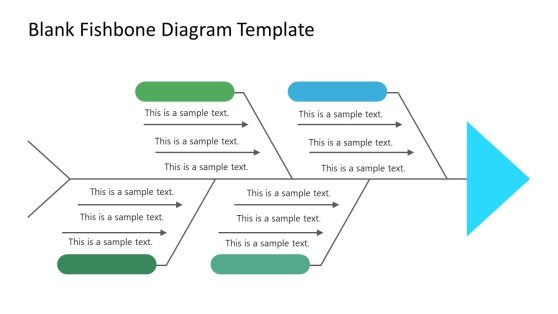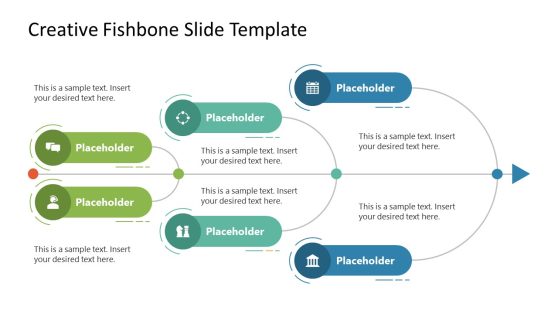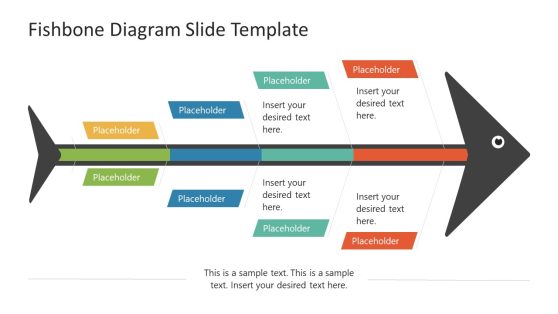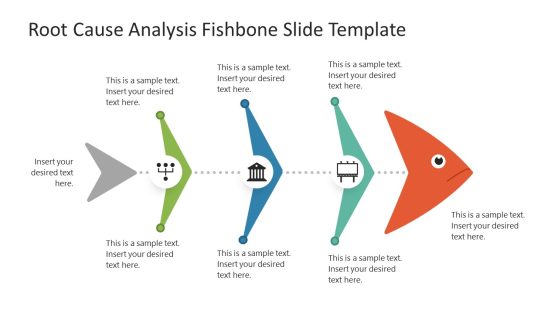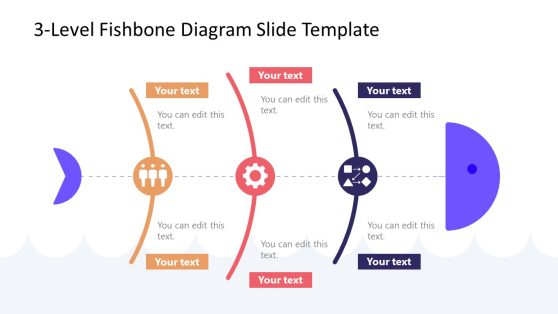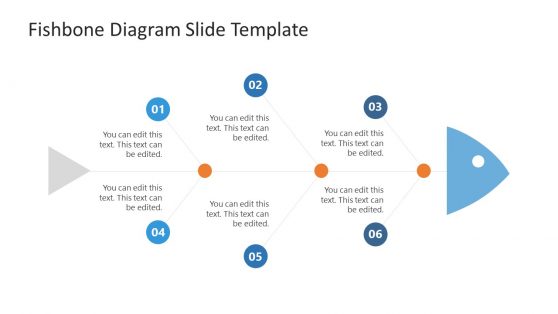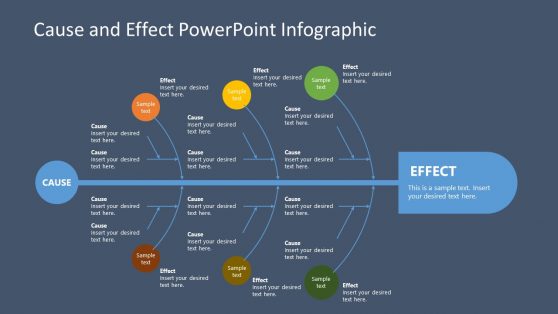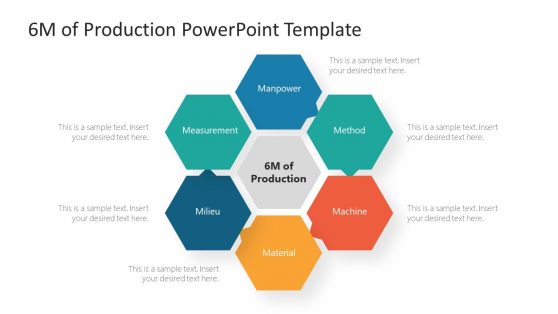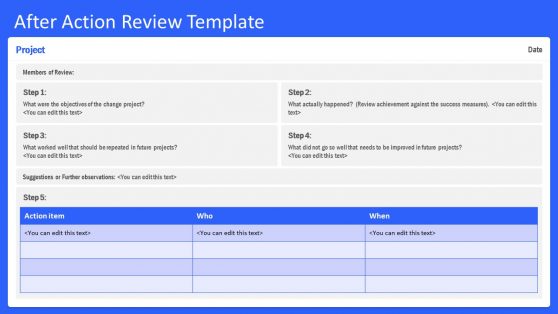49+ Fishbone Diagram Templates for PowerPoint & Google Slides
Instant access to download ready-made and creative fishbone diagram templates for PowerPoint presentations and Google Slides. Our 100% editable fishbone templates for presentations can help project managers present root-cause analysis to an audience.
Featured Templates
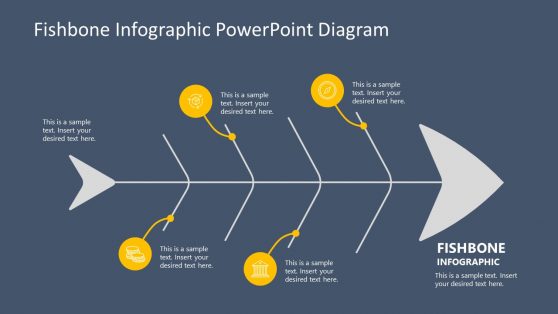
Fishbone Infographic PowerPoint Diagram
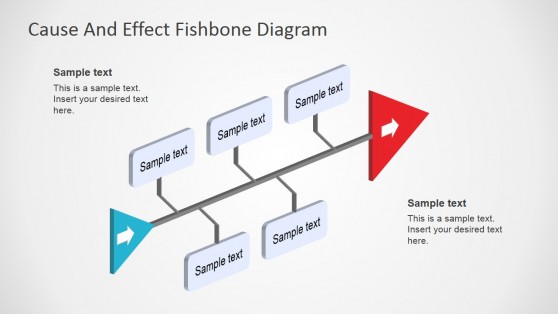
Fishbone Diagram Template 3D Perspective
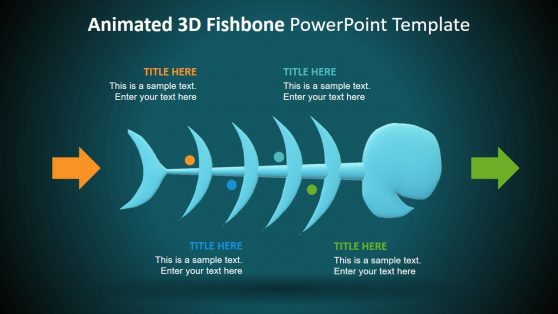
Animated 3D Fishbone PowerPoint Template

Flat Fishbone Diagram for PowerPoint
Latest Templates
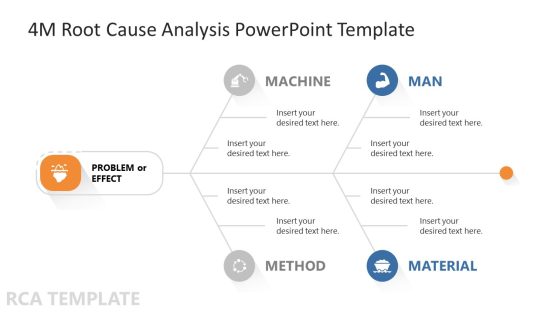
4M Root Cause Analysis PowerPoint Template

Ishikawa Diagram Template for PowerPoint
As a project manager, it is important to identify the causes of a problem or defect in order to generate solutions that will be sustainable over time. The Fishbone Diagram seeks to be the solution to this research process, because thanks to its design, it allows to capture and identify the causes and effect of a specific problem in a company or workgroup, and also, help to solve them through a clear and professional work plan.
Alternatively, project managers can use other Root-Cause Analysis templates or learn how to present an RCA using other methods such as the 5 Whys.
What is a Fishbone Diagram?
The Fishbone Diagram is a visual model that allows you to analyze the causes of poor performance in a process, service, or product. It is widely used in cases where the problem to be studied contains little quantitative data, therefore it works as an excellent tool when analyzing qualitative data. The Fishbone Diagram is also known as Ishikawa diagram. When using this diagram, the team can focus on the causes of a problem, rather than the symptoms.
What are the advantages of using a Fishbone Diagram Template?
Some of the advantages of using a Fishbone Diagram Template PPT are generating process improvements, identifying causes of problems, prioritizing these causes, better analysis of the problems encountered, team participation in the search for improvements in the company, and an effective way to organize new ideas, among others.
How to identify the causes of a problem with the Fishbone Diagram Template?
According to Hishikawa, the creator of this diagram, the problems are divided into four main categories: people, materials, machinery, and processes. In each category, causes of problems must be identified in detail. Once the causes have been identified, it is possible to generate a work plan to focus on the highest priority causes in order to improve the company’s performance.
How do you make a Fishbone Diagram?
- Define the problem to be solved
- Define the different categories around that problem.
- Define the causes of each category, generate an analysis as deep as possible.
- Generate a work plan to solve each of the established causes. We recommend using a process flow template or work plan template for this purpose.
How to make a Fishbone Diagram Template in PowerPoint?
Here are the steps required to make a fishbone diagram in PowerPoint.
- Open PowerPoint and create a new presentation.
- Click on the Insert tab and select the Line button.
- Draw a line in the center of your slide.
- Label the line “Fishbone Diagram”.
- Click on the Line button again and draw another line branching off of the first line.
- Label the second line “Problem”.
- Underneath the “Problem” line, draw six more lines, one for each of the following categories: “Manpower: Human Resources”, “Machine: Facilities and Equipment”, “Method: Processes”, “Material: Supplies and Resources”, “Measurement: Quality Control”, and “Mother Nature: Environment”.
- For each line, write a brief description of what should be included in that category.
For more information, check our article about how to make a fishbone diagram in PowerPoint.
